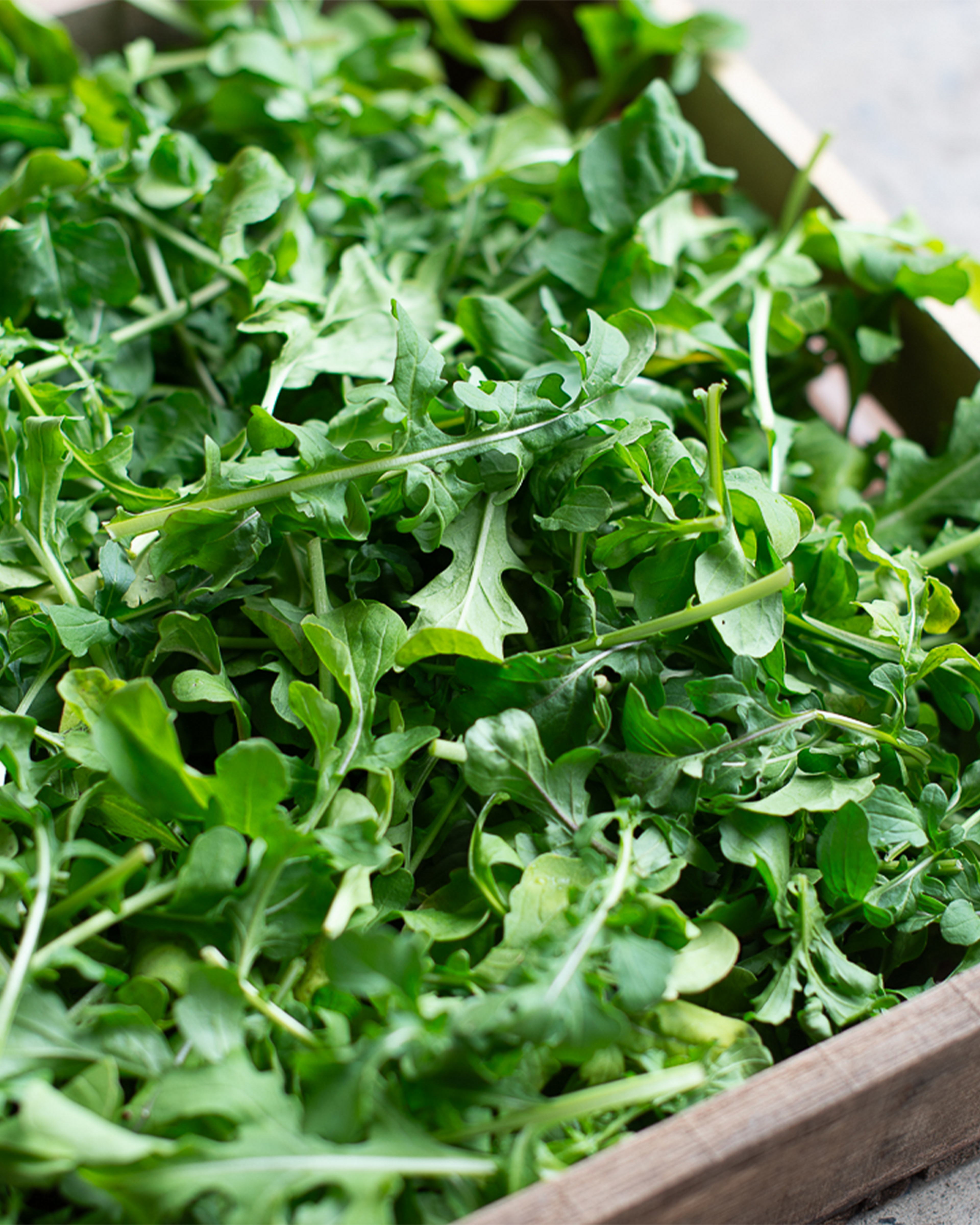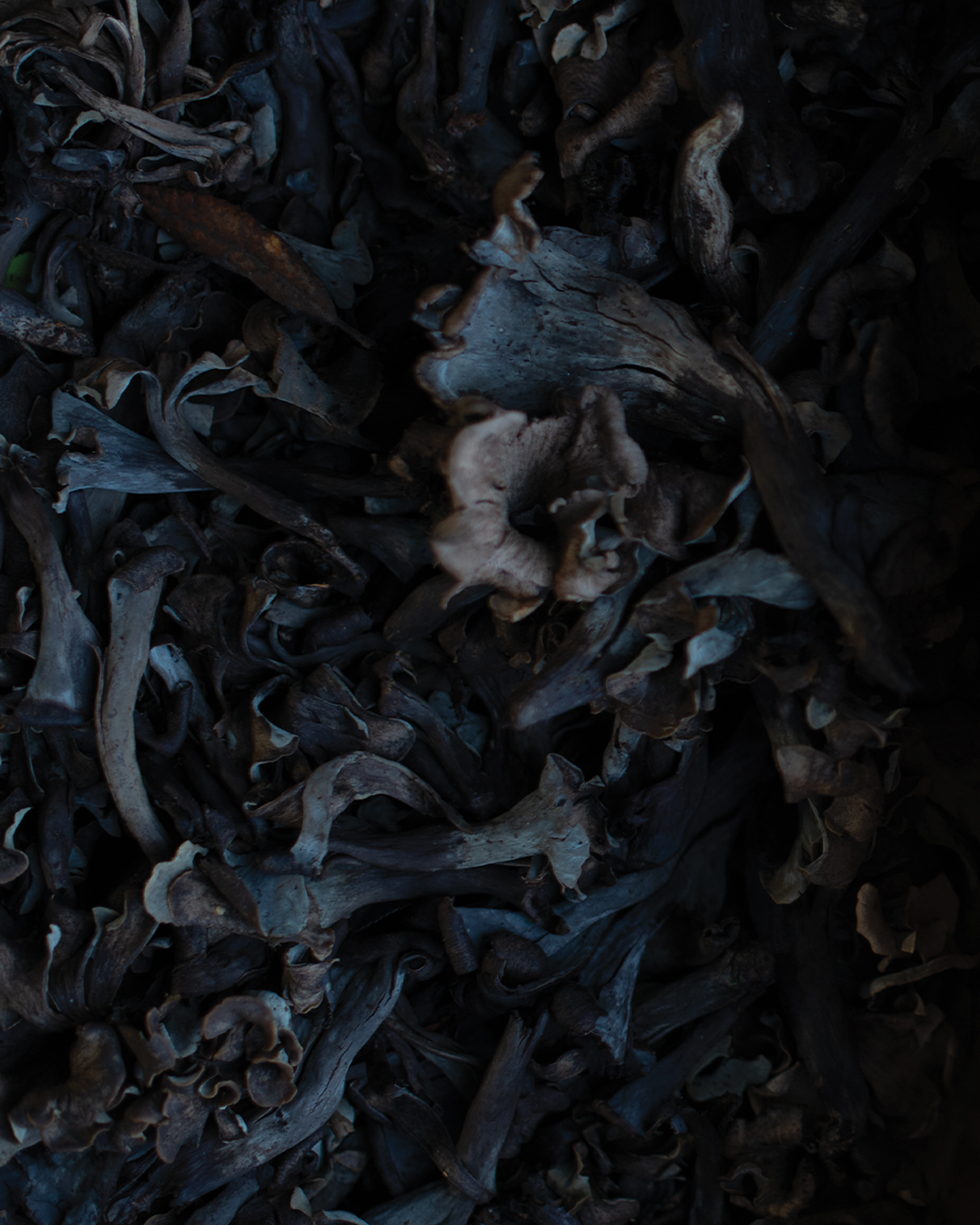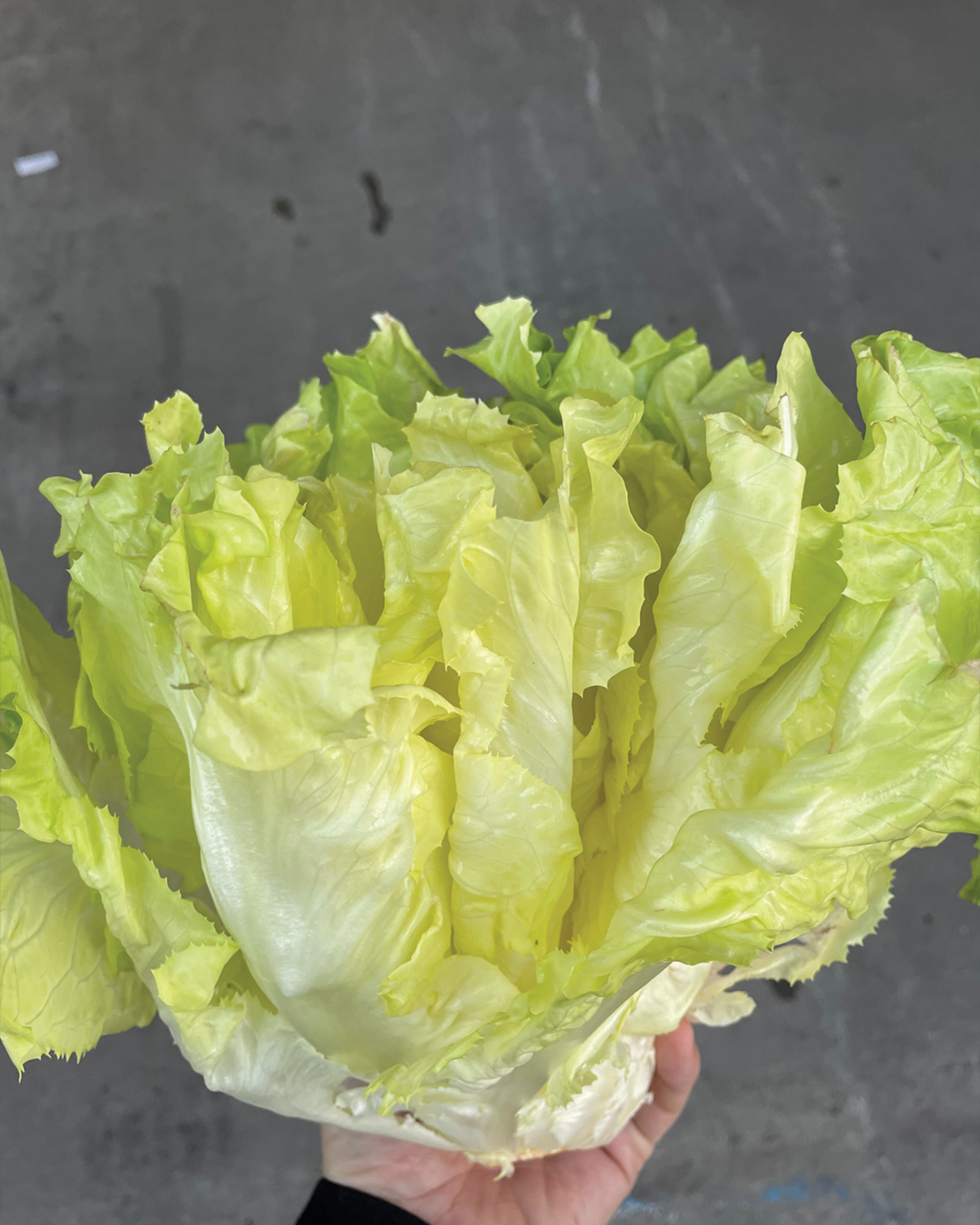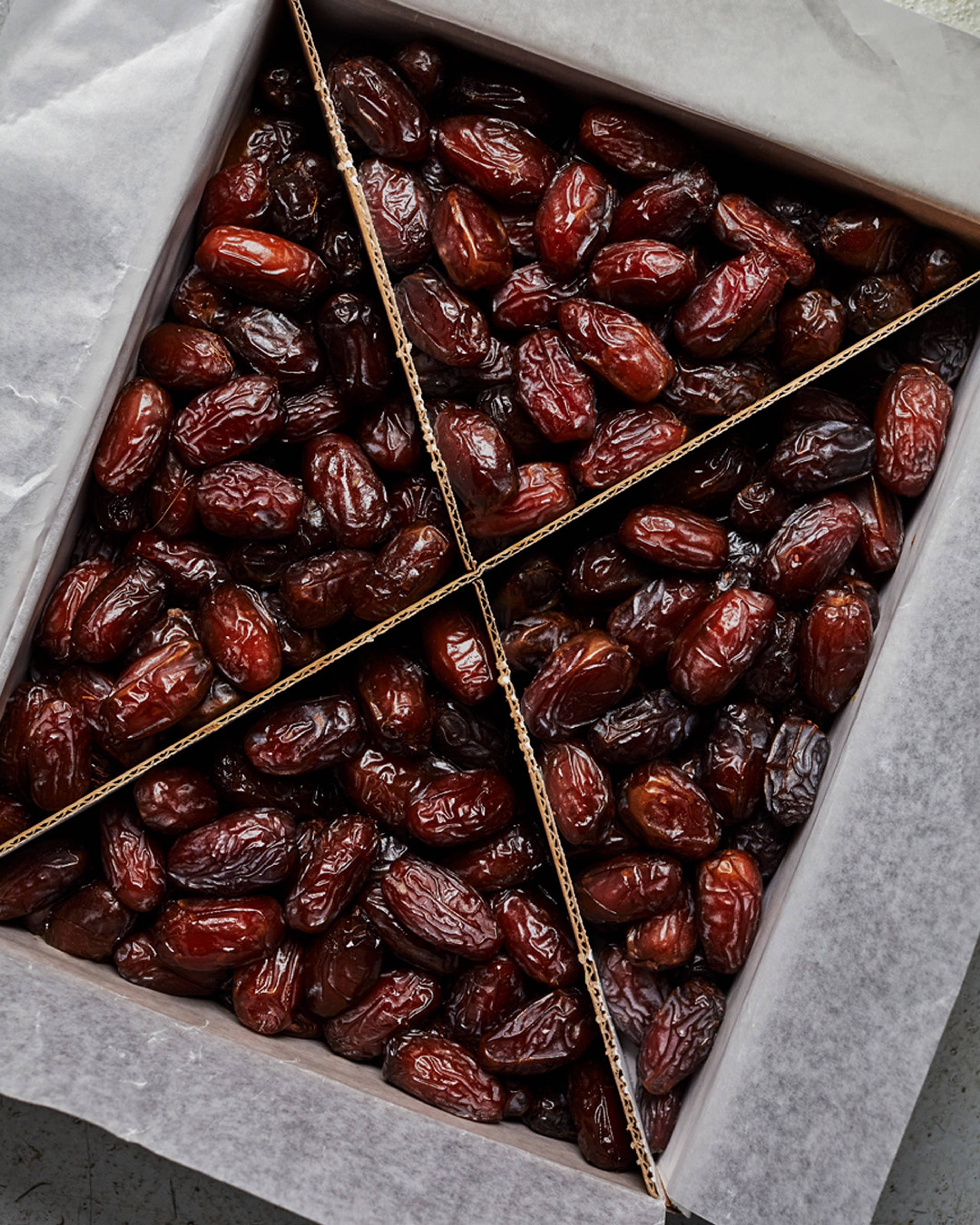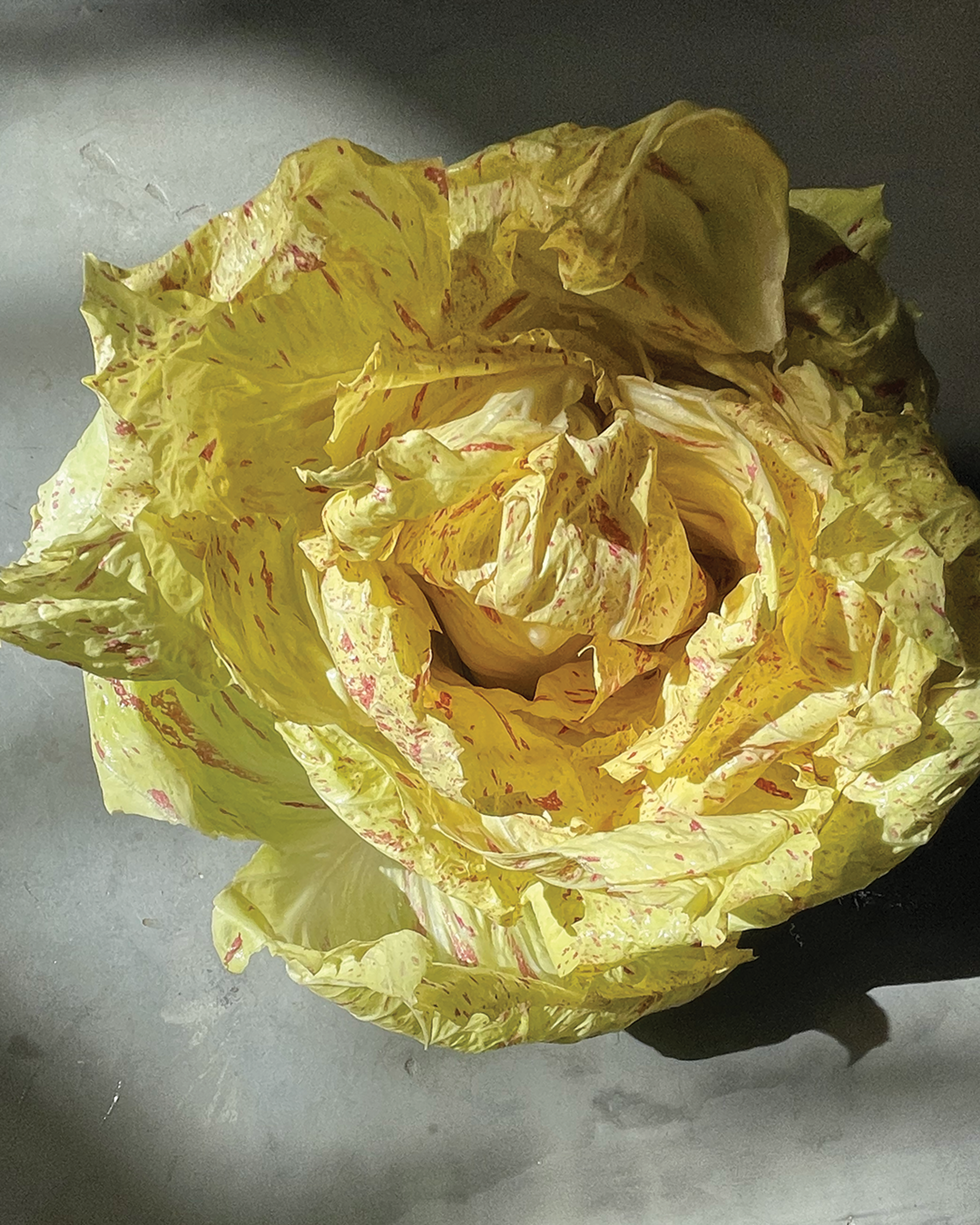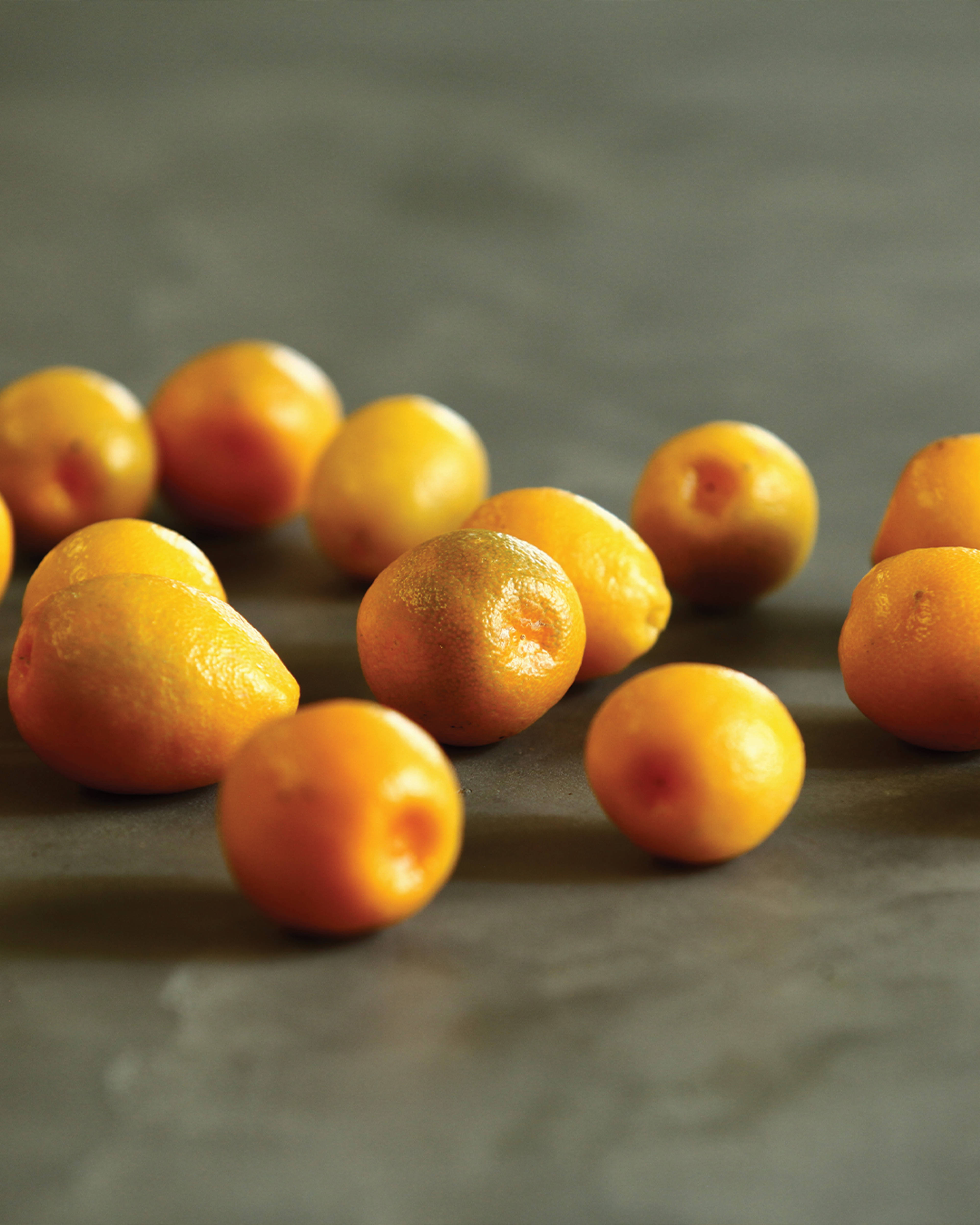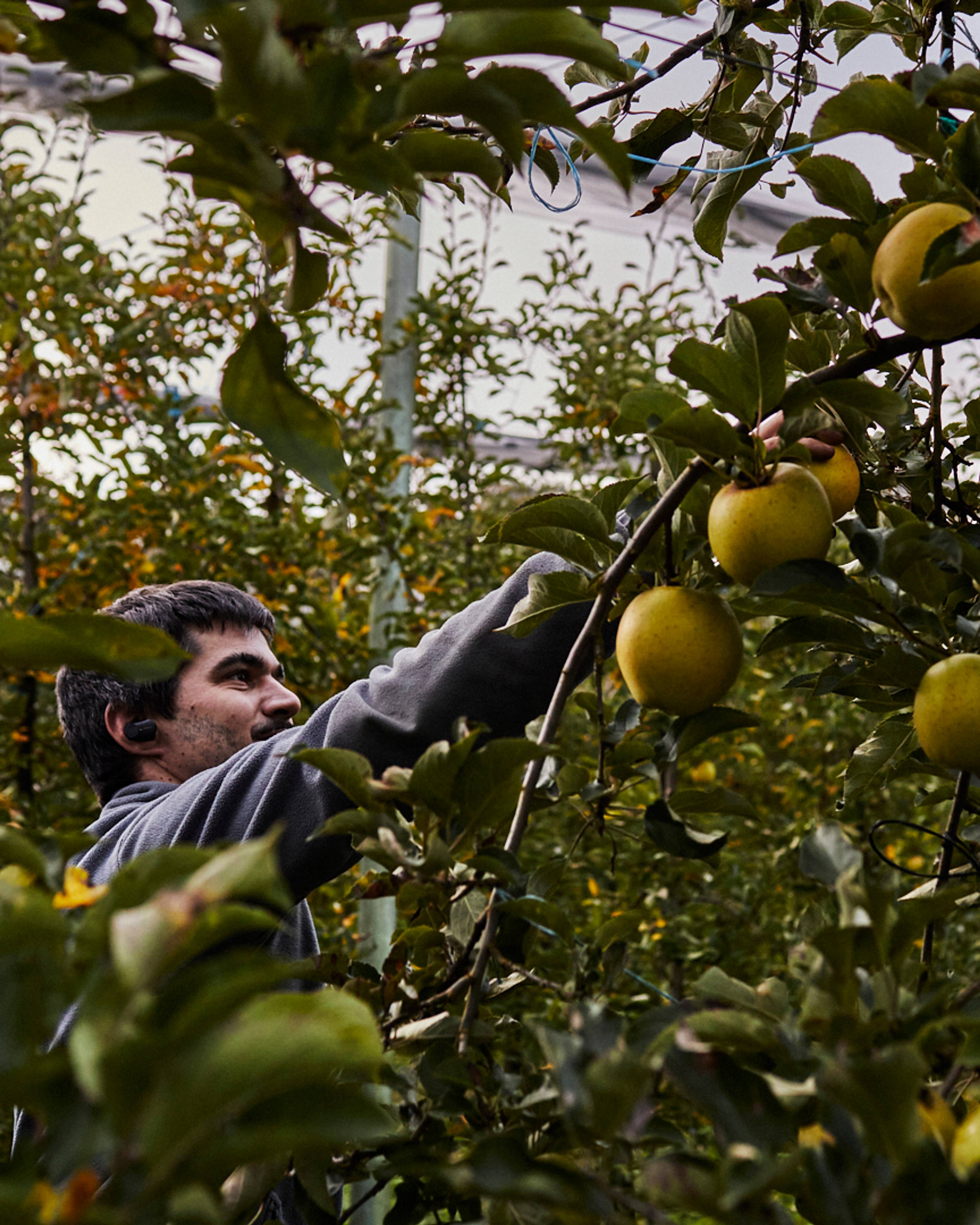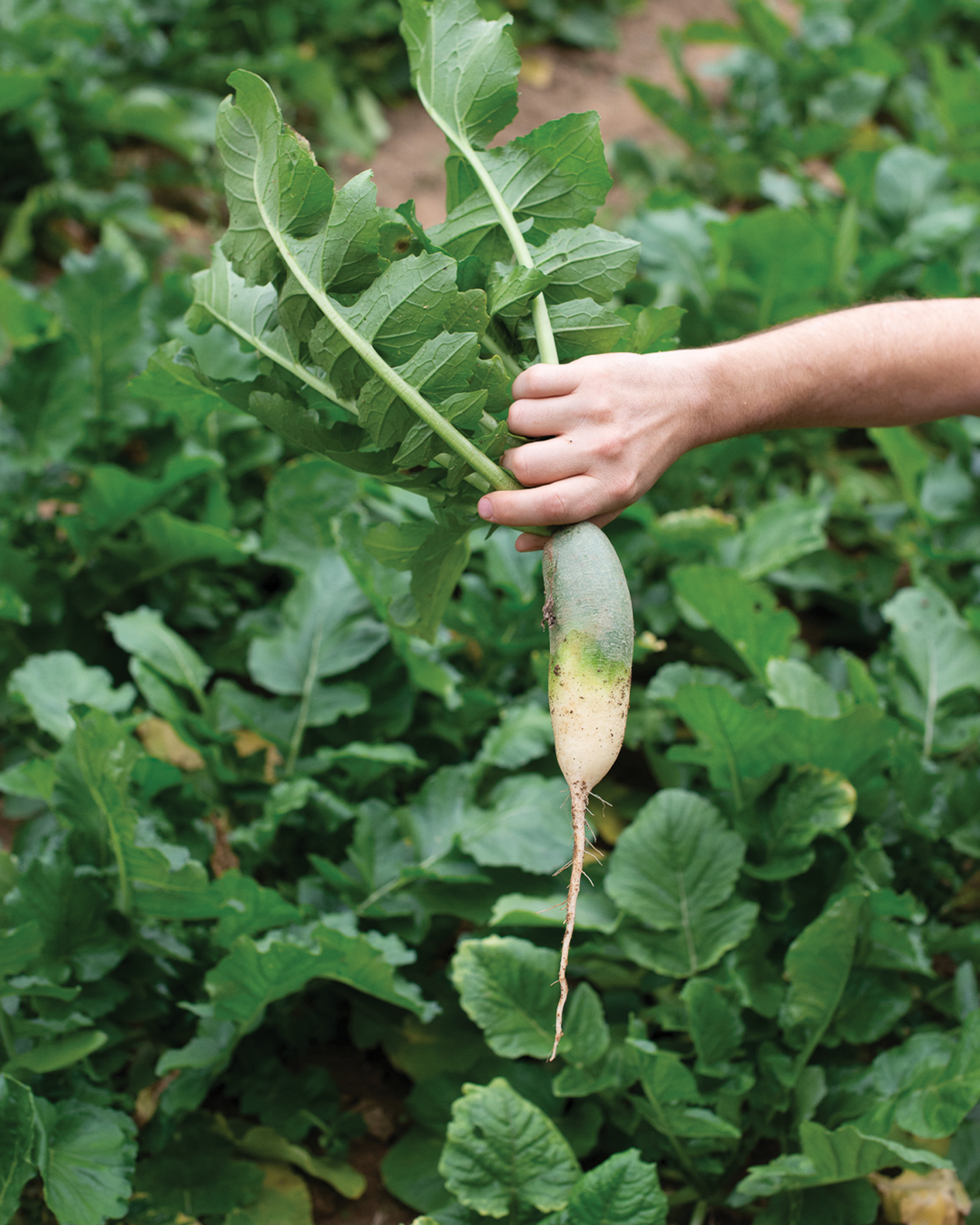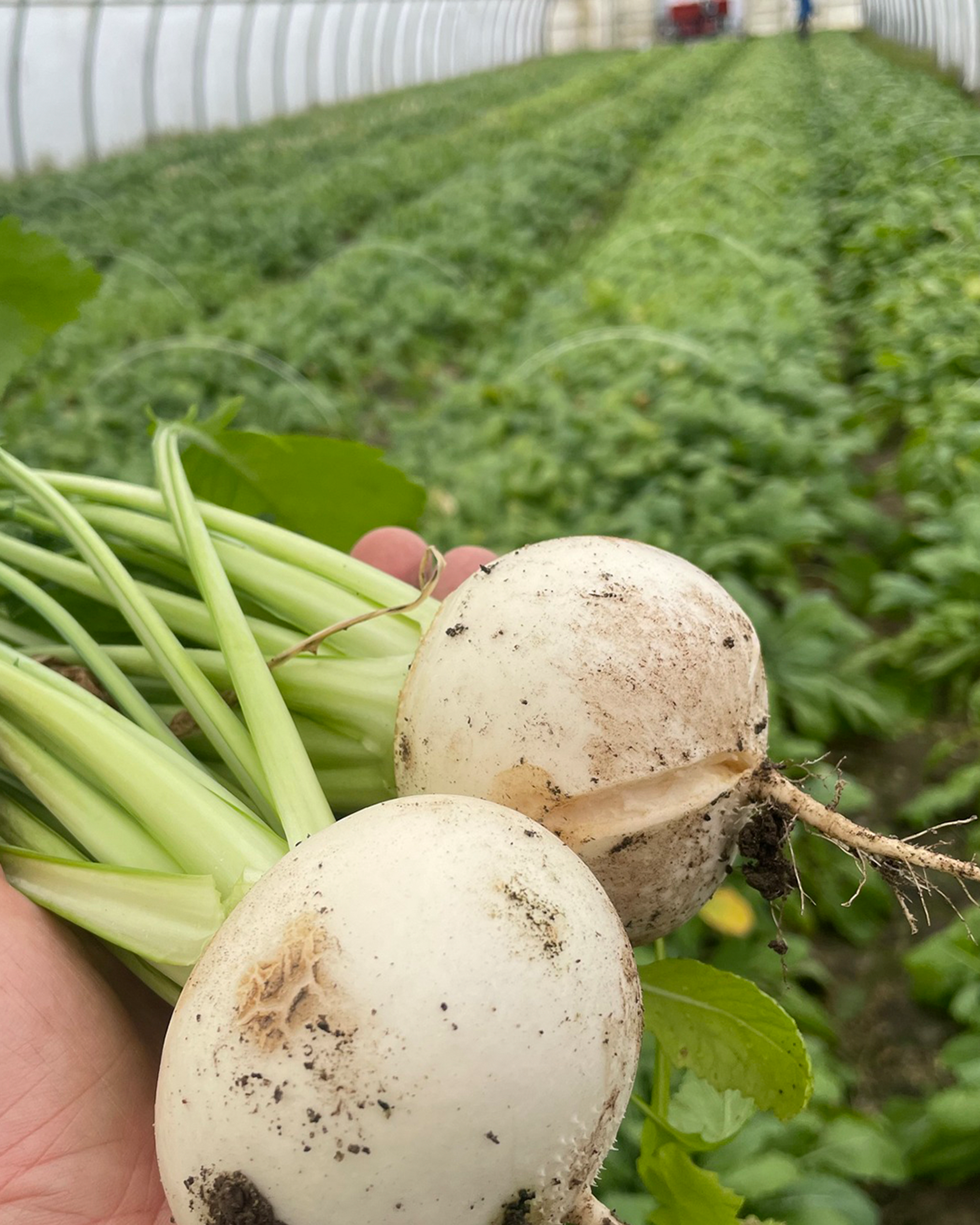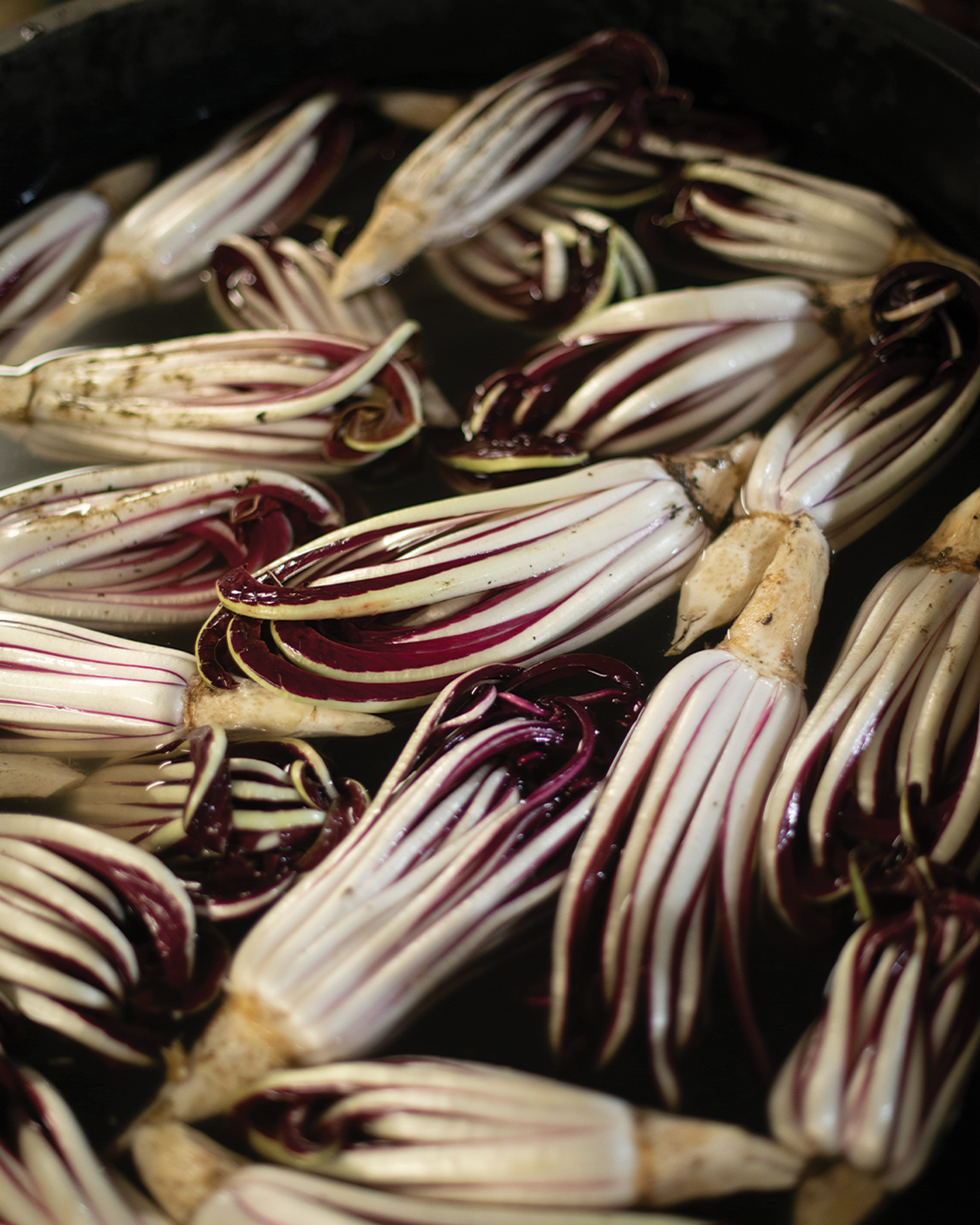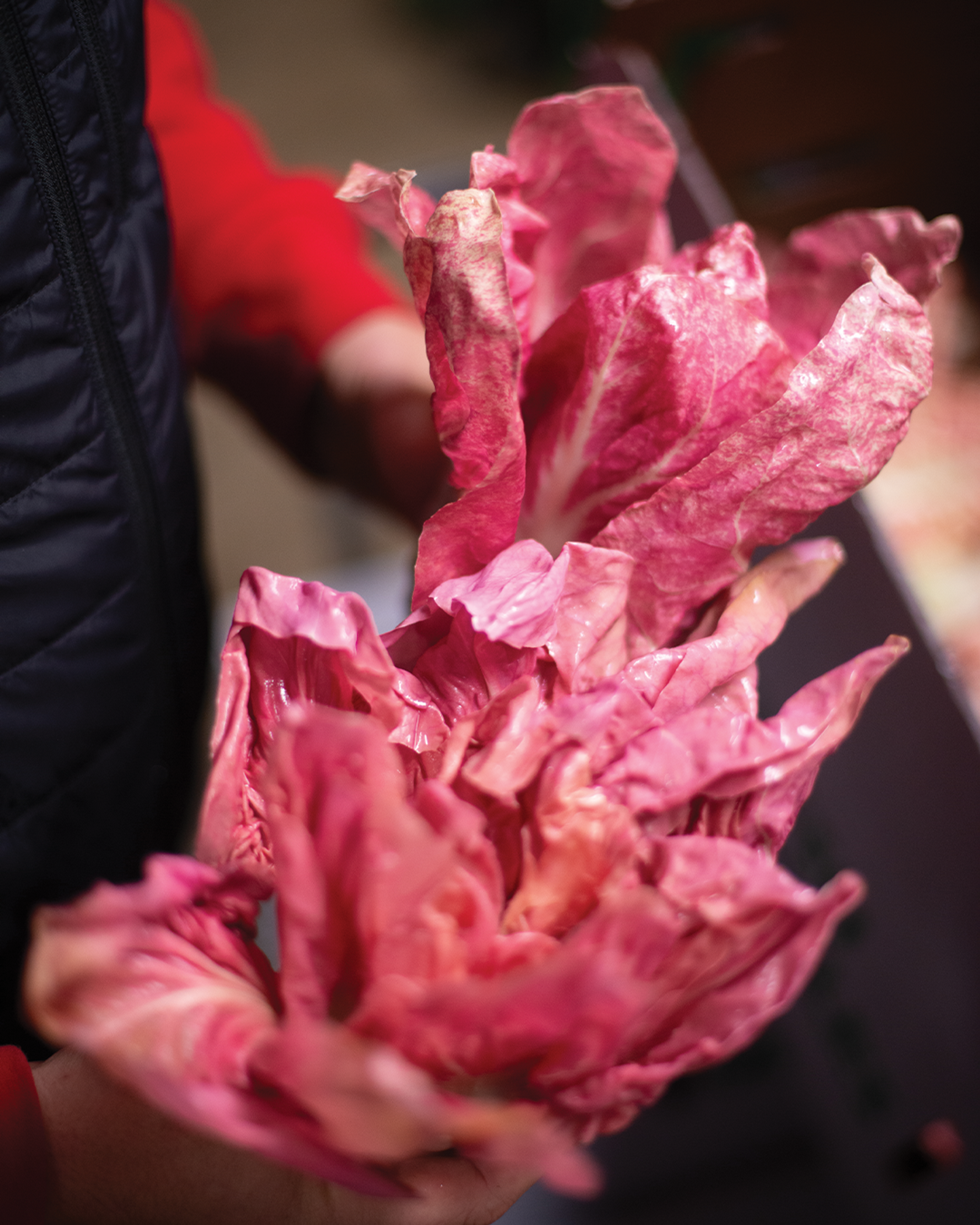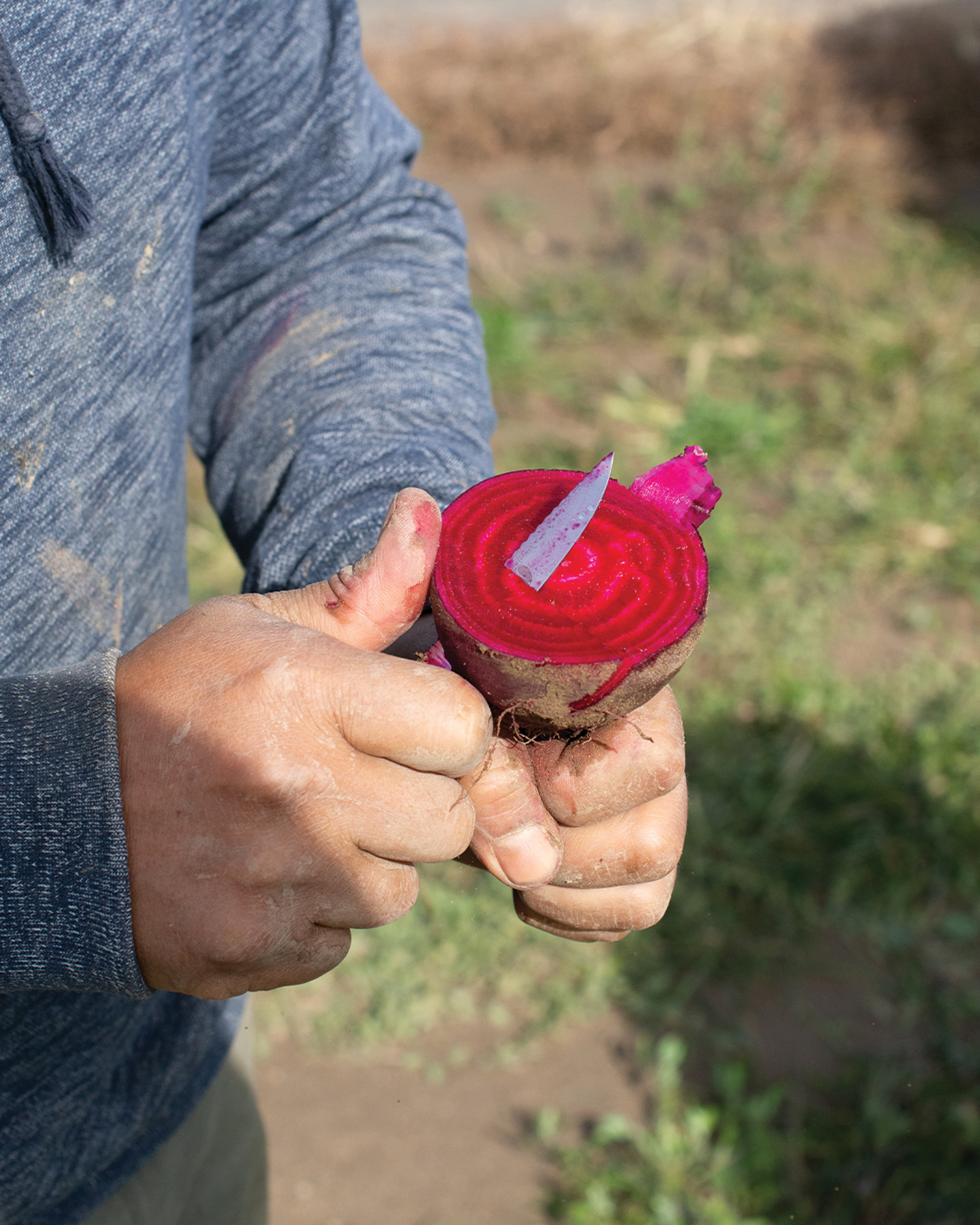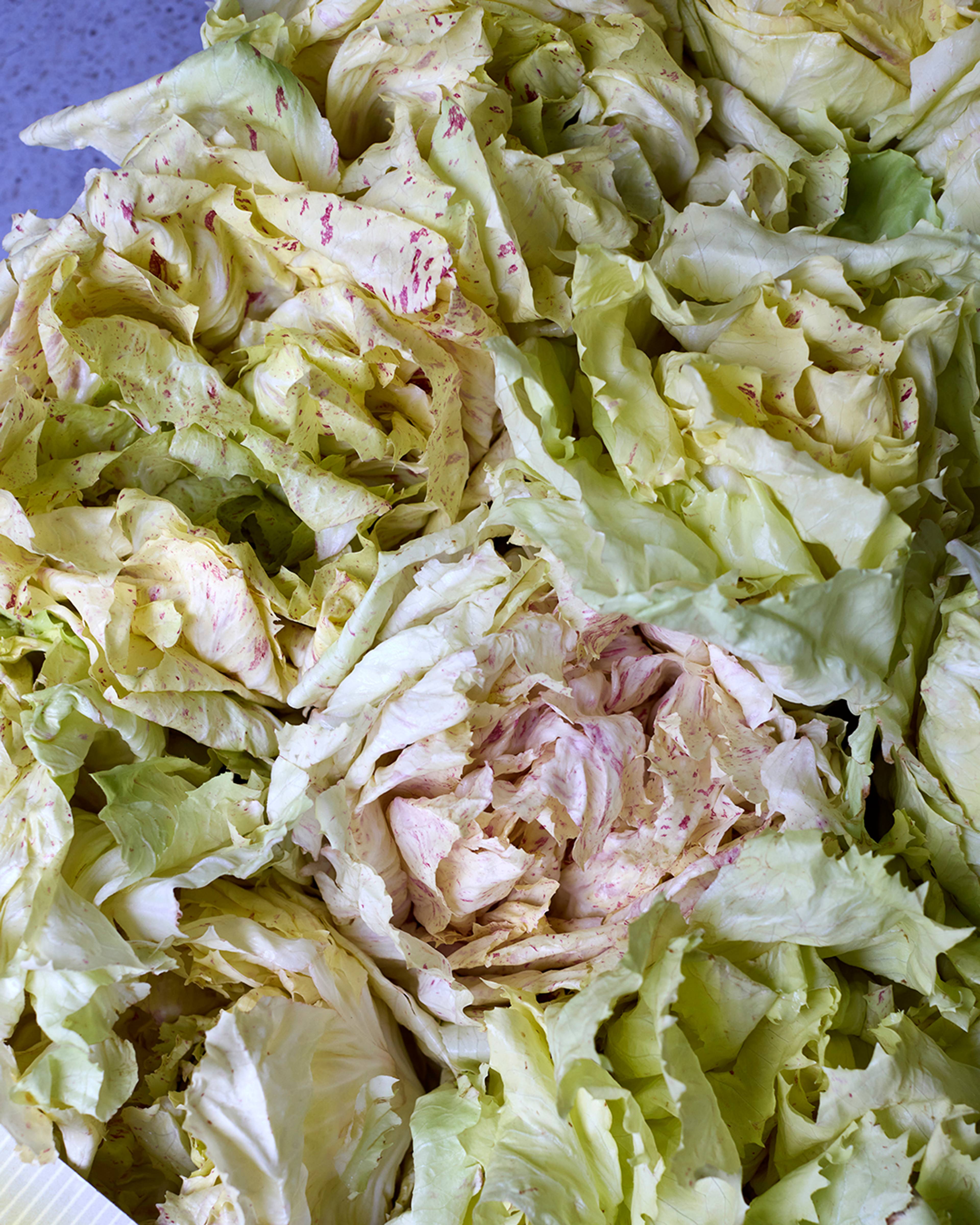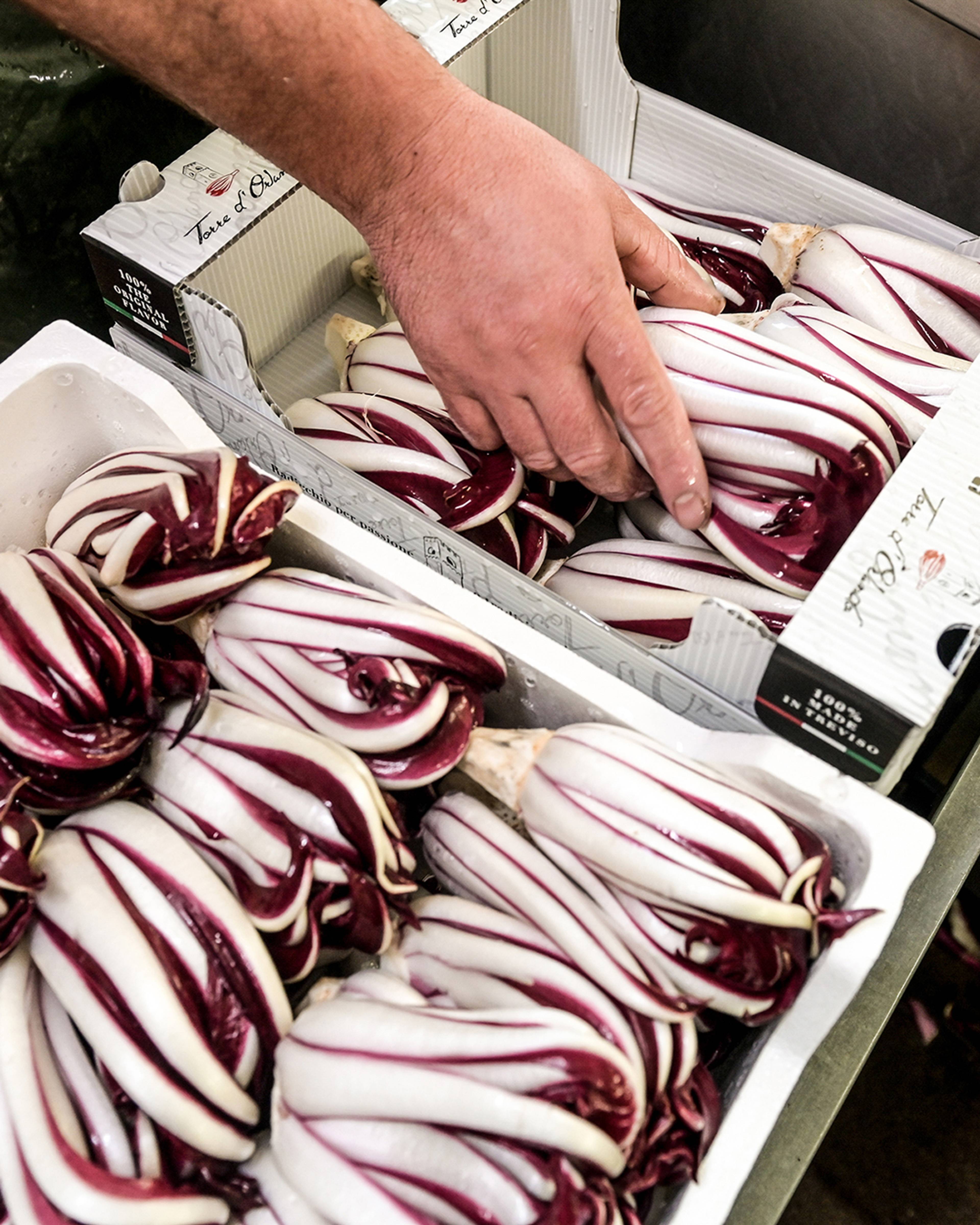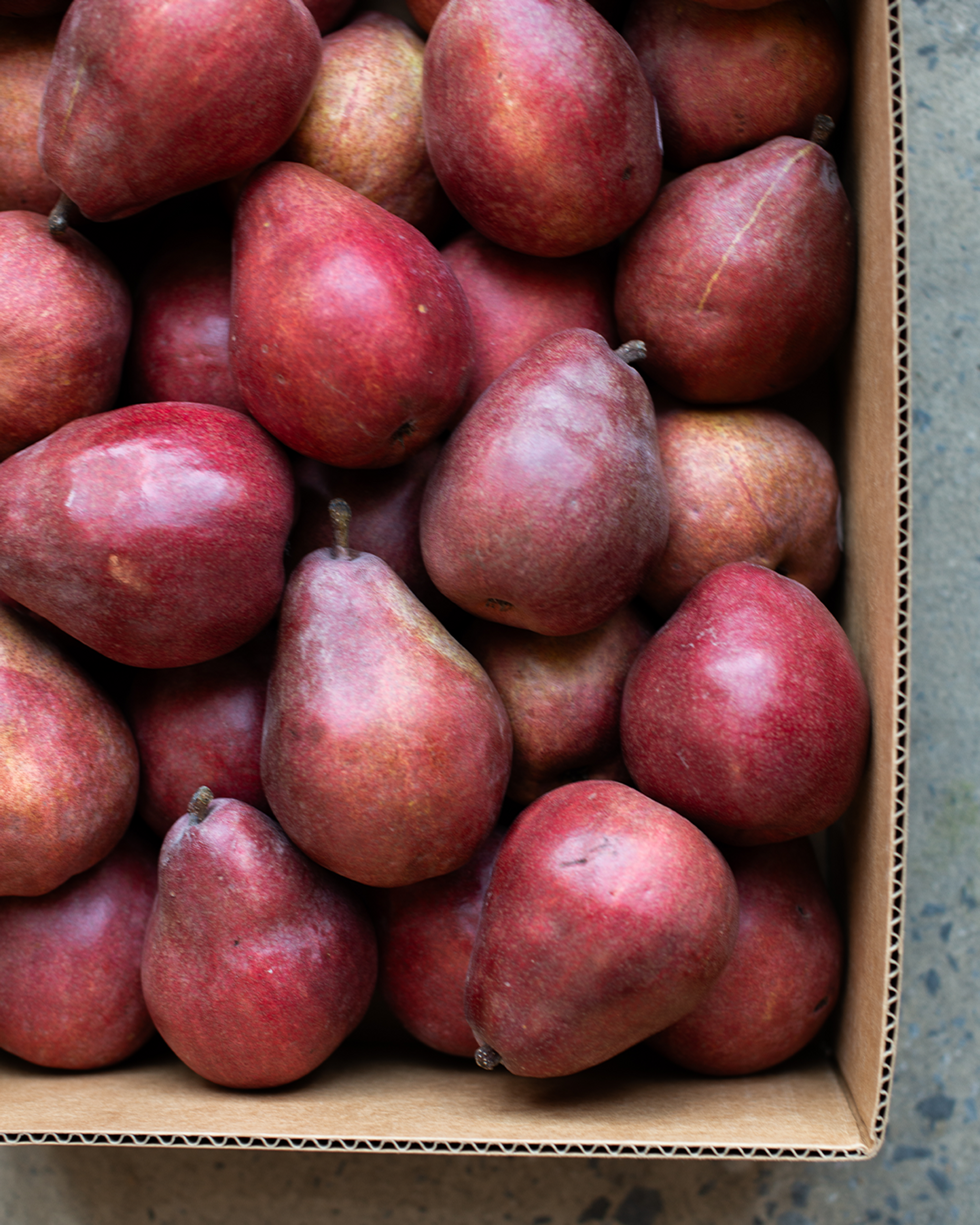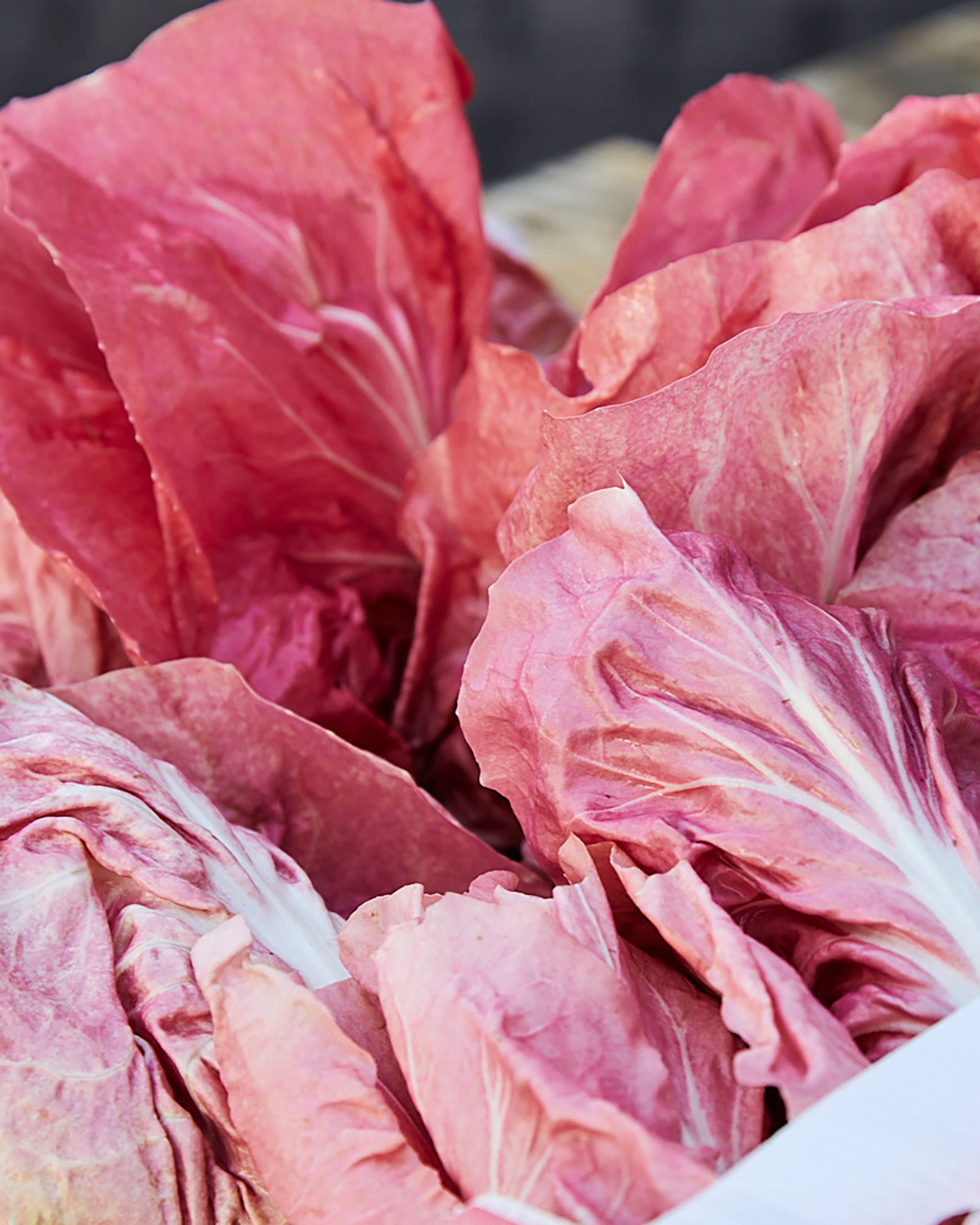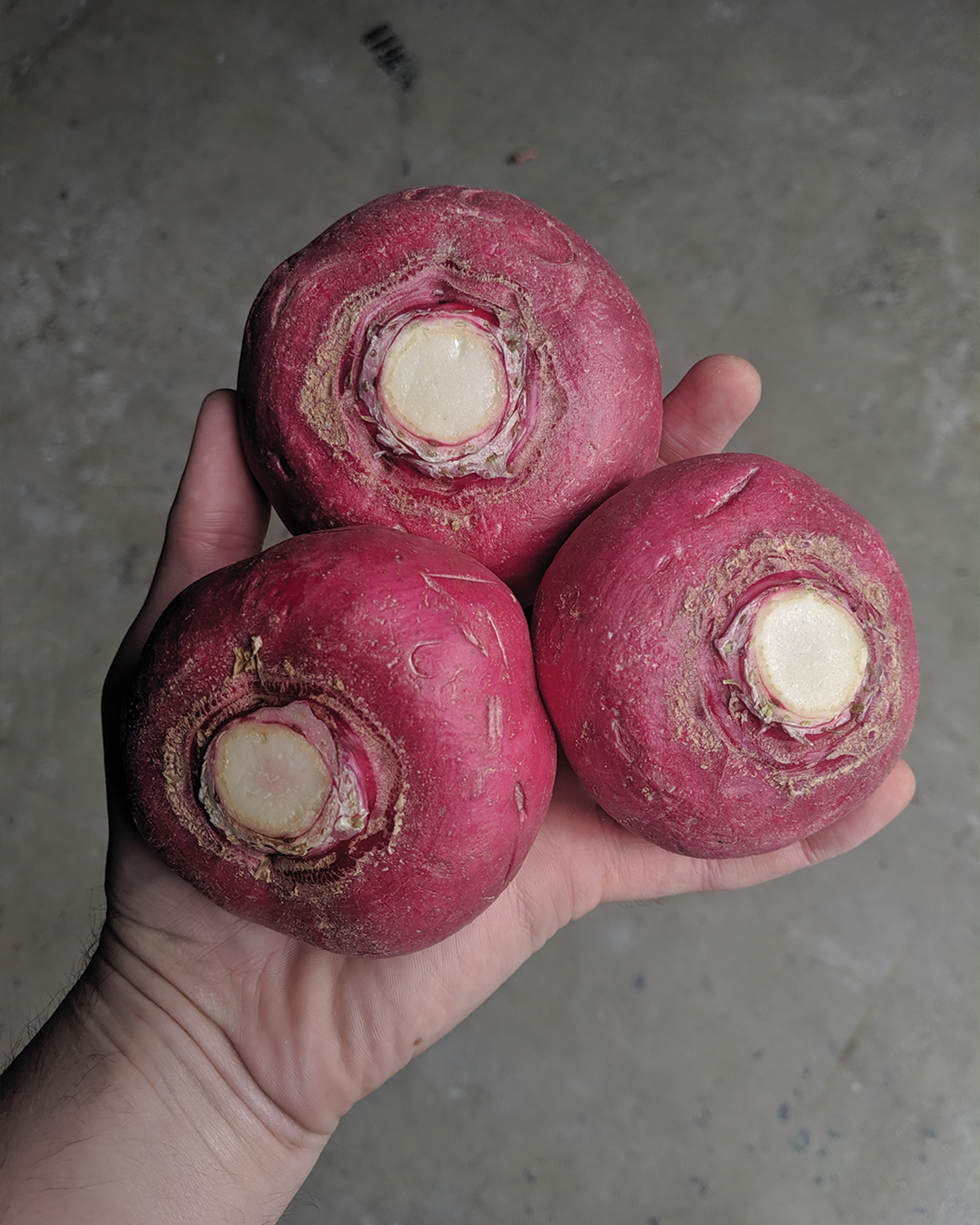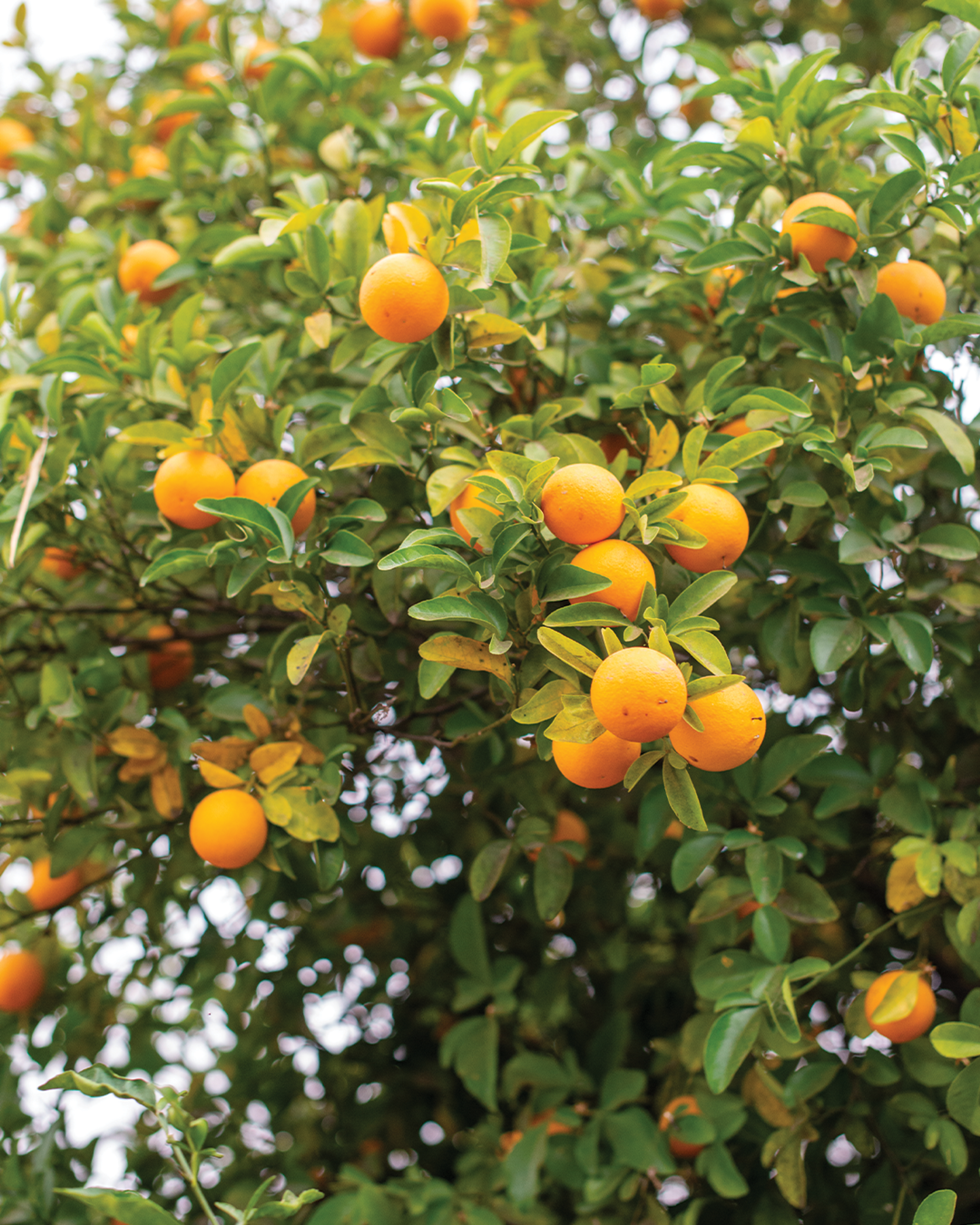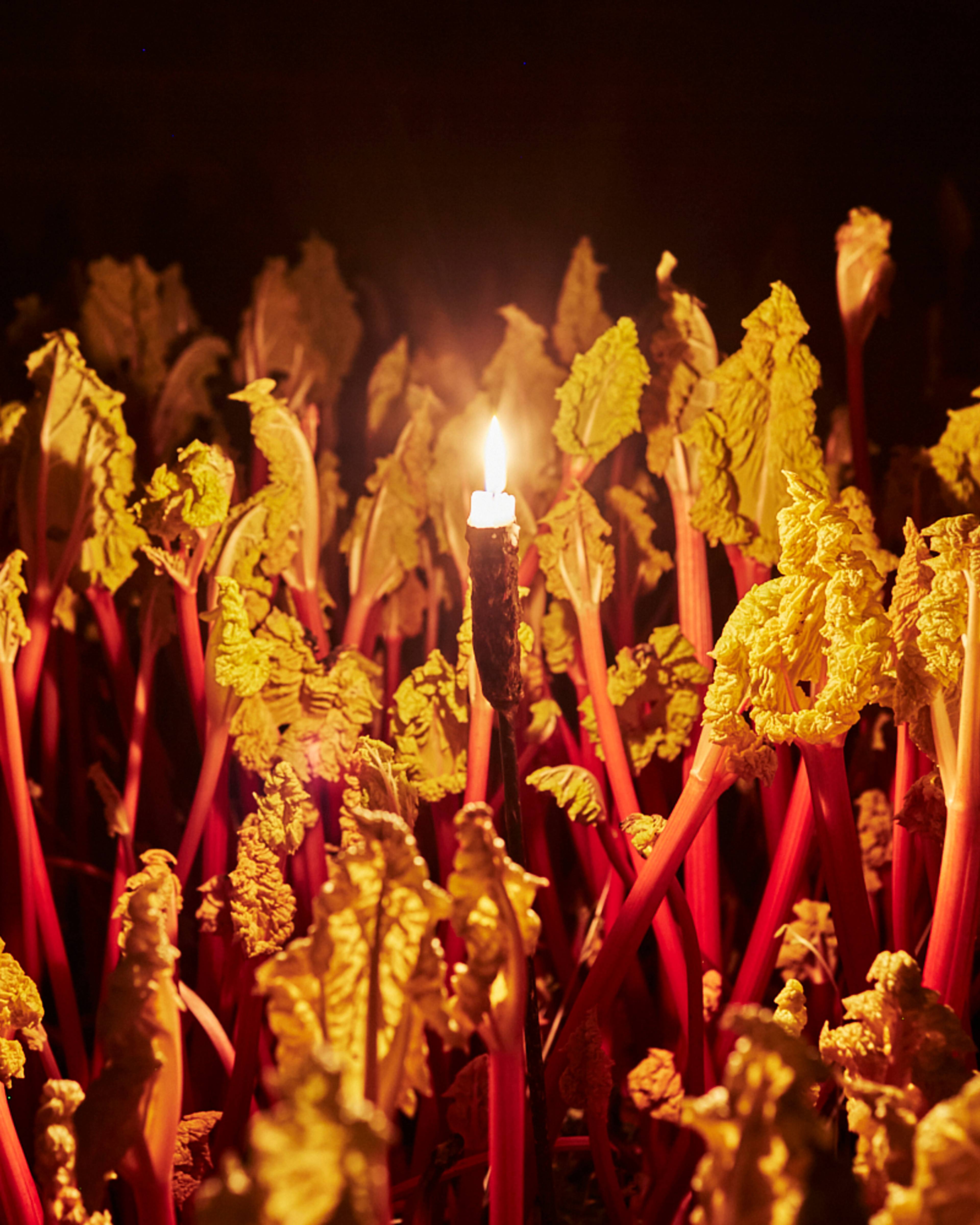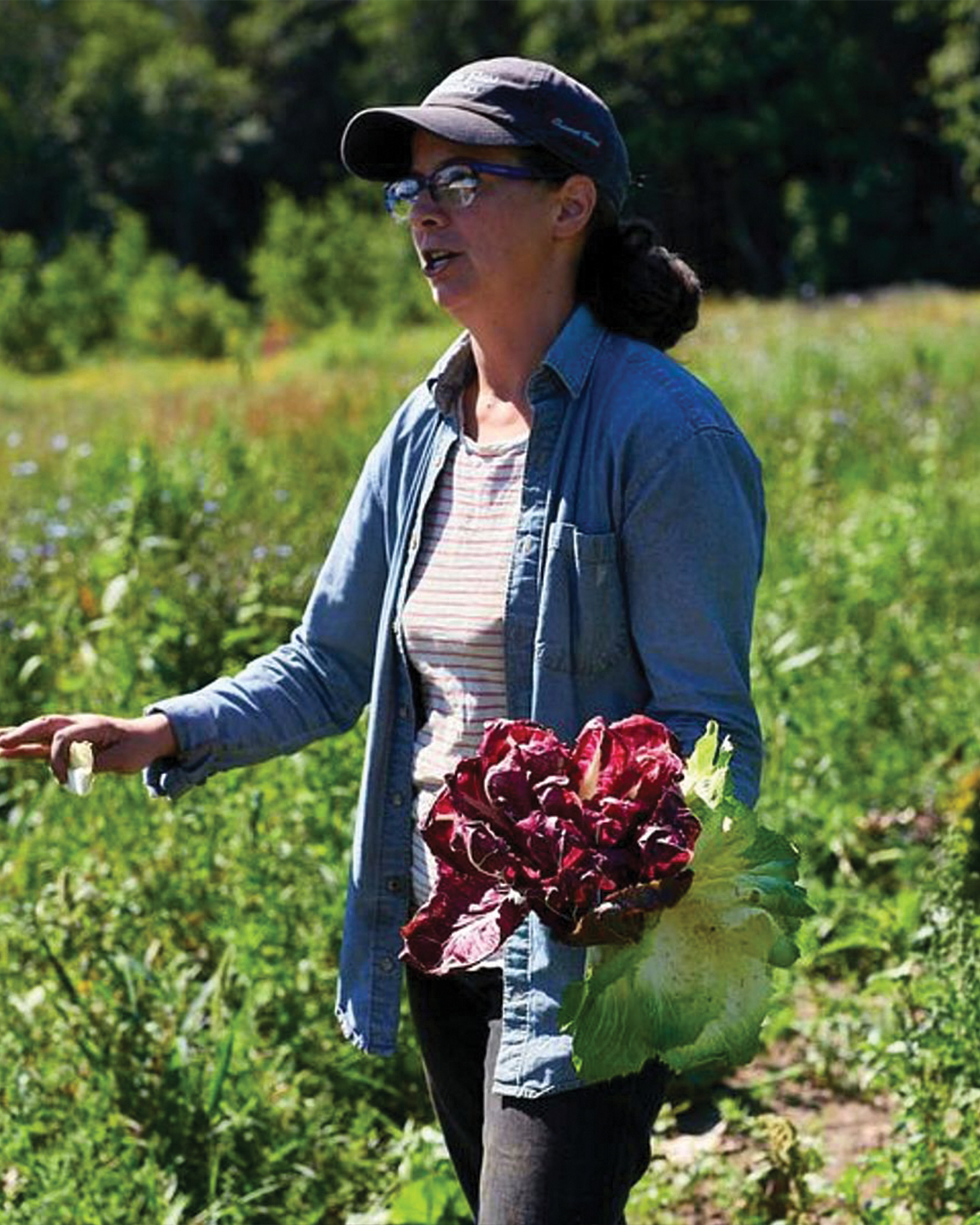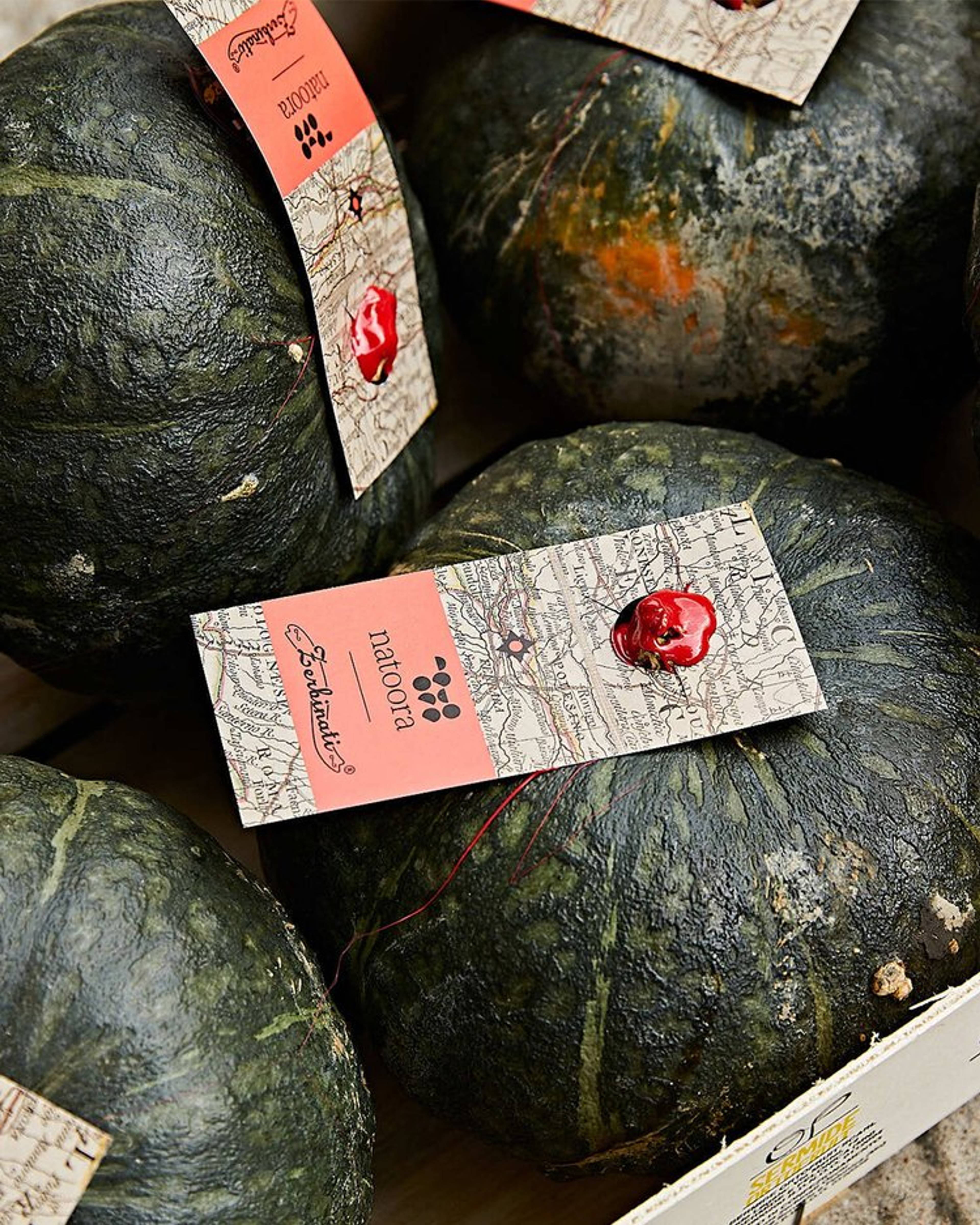GO BEYOND FOUR SEASONS
Each fruit and vegetable has its own season, with subtle shifts that happen every day. Follow their microseasons to unlock flavor at every stage.
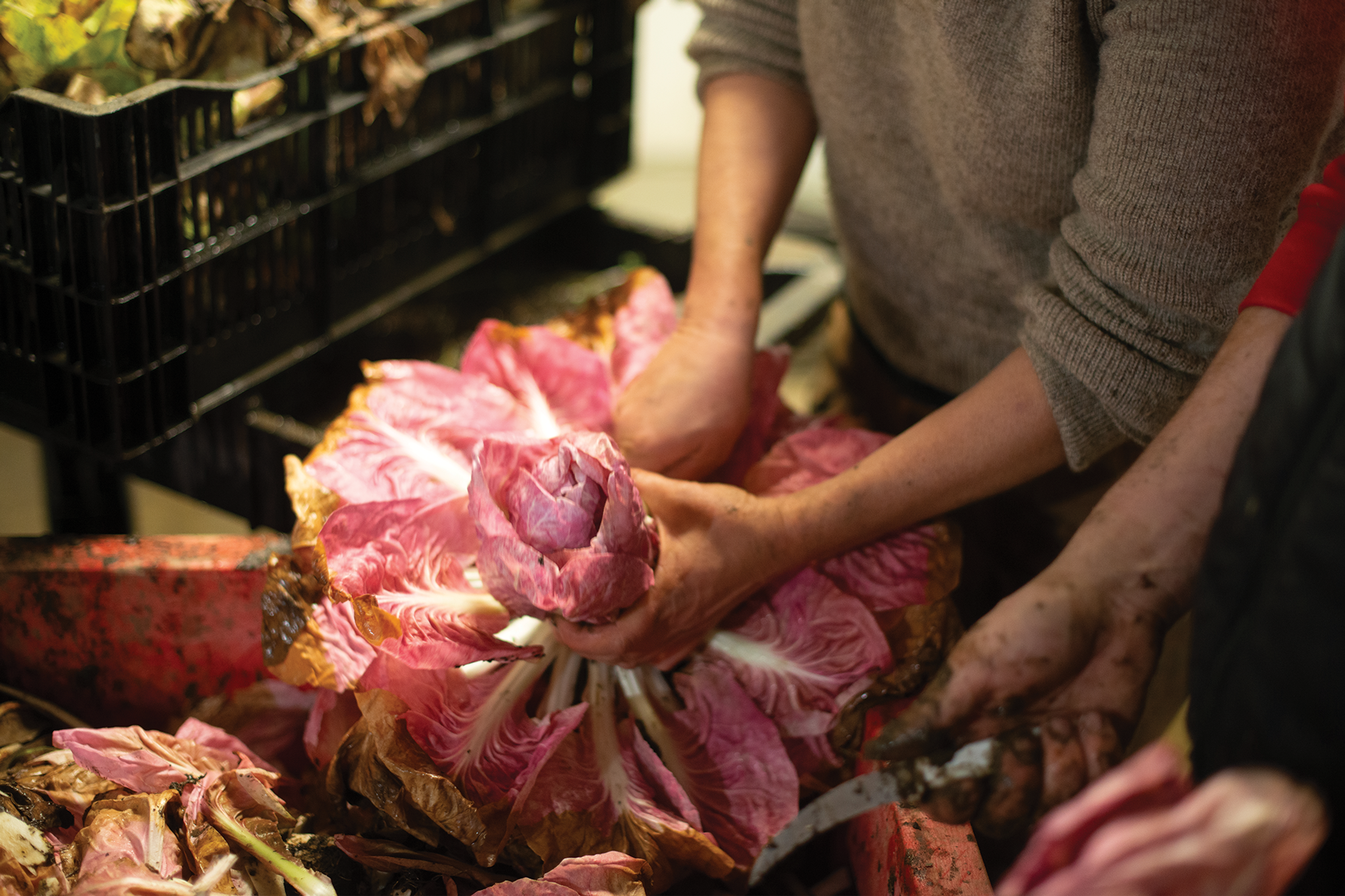
In season today
These are the first harvests of a variety. Not yet available in abundance or fully developed, this is the time to get inspired by new flavor combinations.
Artesia Radishes

Grower
Amanda
Location
Barre, Vermont
Seasonality
October - February
Arugula
Black Trumpet Mushrooms
Blanched Escarole
Bon Bon Dates
Castelfranco Radicchio (Local)
Forono Beets
Fukushu Kumquats
German Butterball Potatoes
Gold Rutabaga
Goldrush Apple
Green Meat Radishes
Kabu (Tokyo) Turnip - Large
Khadrawy Dates
Kyoto (Kintoki Red) Carrots
Local Radicchio Tardivo
Local Rosa del Veneto Radicchio
Lutz Green Leaf Beets
Macomber Turnips
Passion Fruit
Pineapple Guava
Pink Lemons
Radicchio Castelfranco
Radicchio Tardivo
Red Beets
Red D'Anjou Pears
Rosa del Veneto Radicchio
Scarlet Queen Turnips
Seville Oranges
Sunchokes
Yuzu
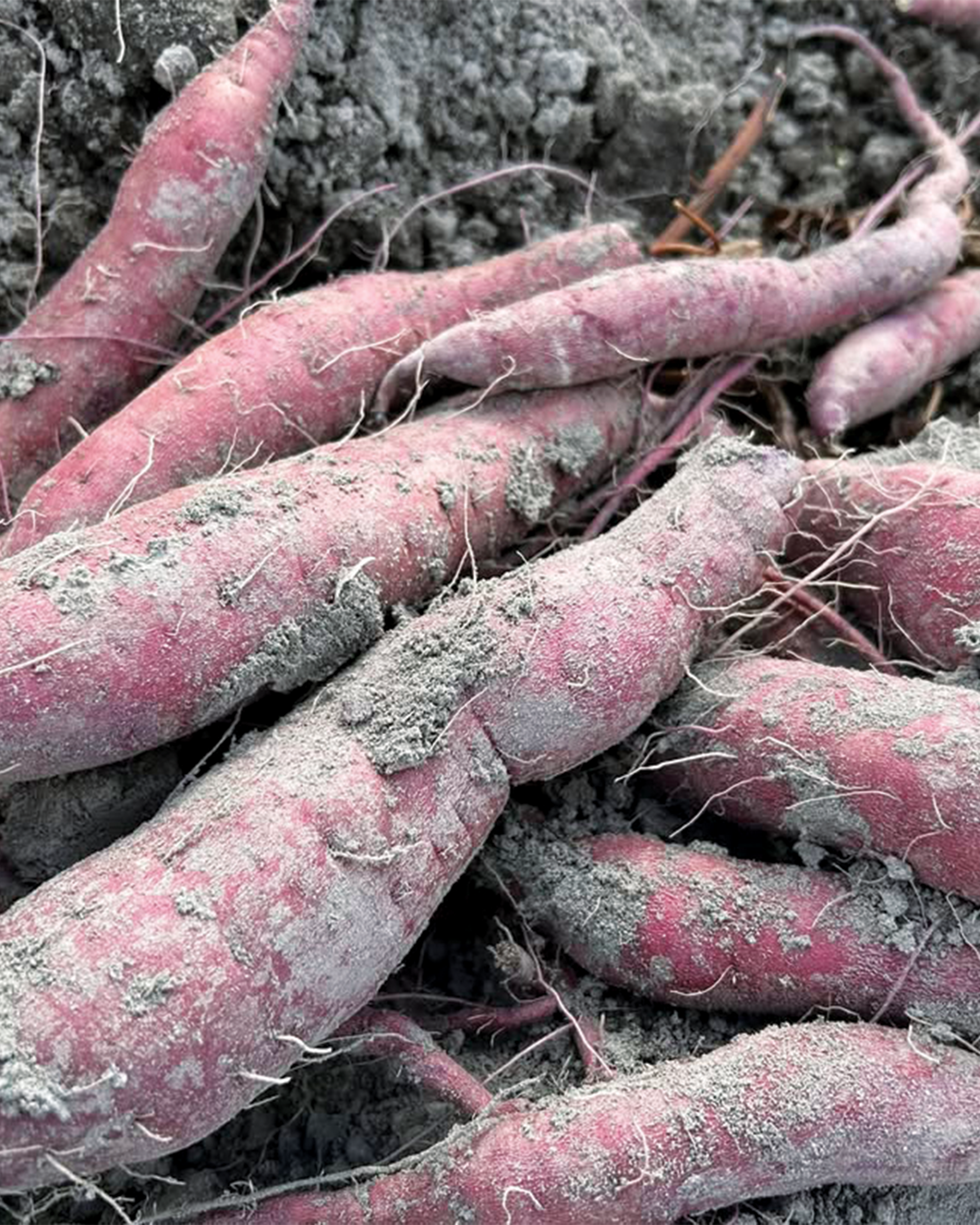
EARLY
Fingerling Japanese Sweet Potatoes
Grown by Ken in Delmar, Delaware
We've received the first of Ken's Fingerling Japanese Sweet Potatoes. Ken is growing two varieties: Satsumaimo, prized for its distinctive, moist texture and concentrated sweetness, and Murasaki. These fingerlings are distinguished by their rich purple skin and pale yellow flesh, which transform into a beautiful golden hue when gently cooked at low temperatures.
These smaller sweet potatoes are an undesirable offshoot of the more extensive roots in conventional growing — typically destined for compost despite their exceptional eating quality. Working directly with Ken allows us to redirect them from waste streams onto menus, where their size actually becomes an advantage.
Ken plants from May to June and harvests from October through November. After harvest, the sweet potatoes are cured and rested for over a month — a crucial period during which the skin firms and the interior starch gradually converts to sugar. This natural maturation process intensifies their sweetness, reaching peak flavor around three months post-harvest. The result is a smooth, fluffy texture with a rich, full-bodied sweetness that improves with patience.
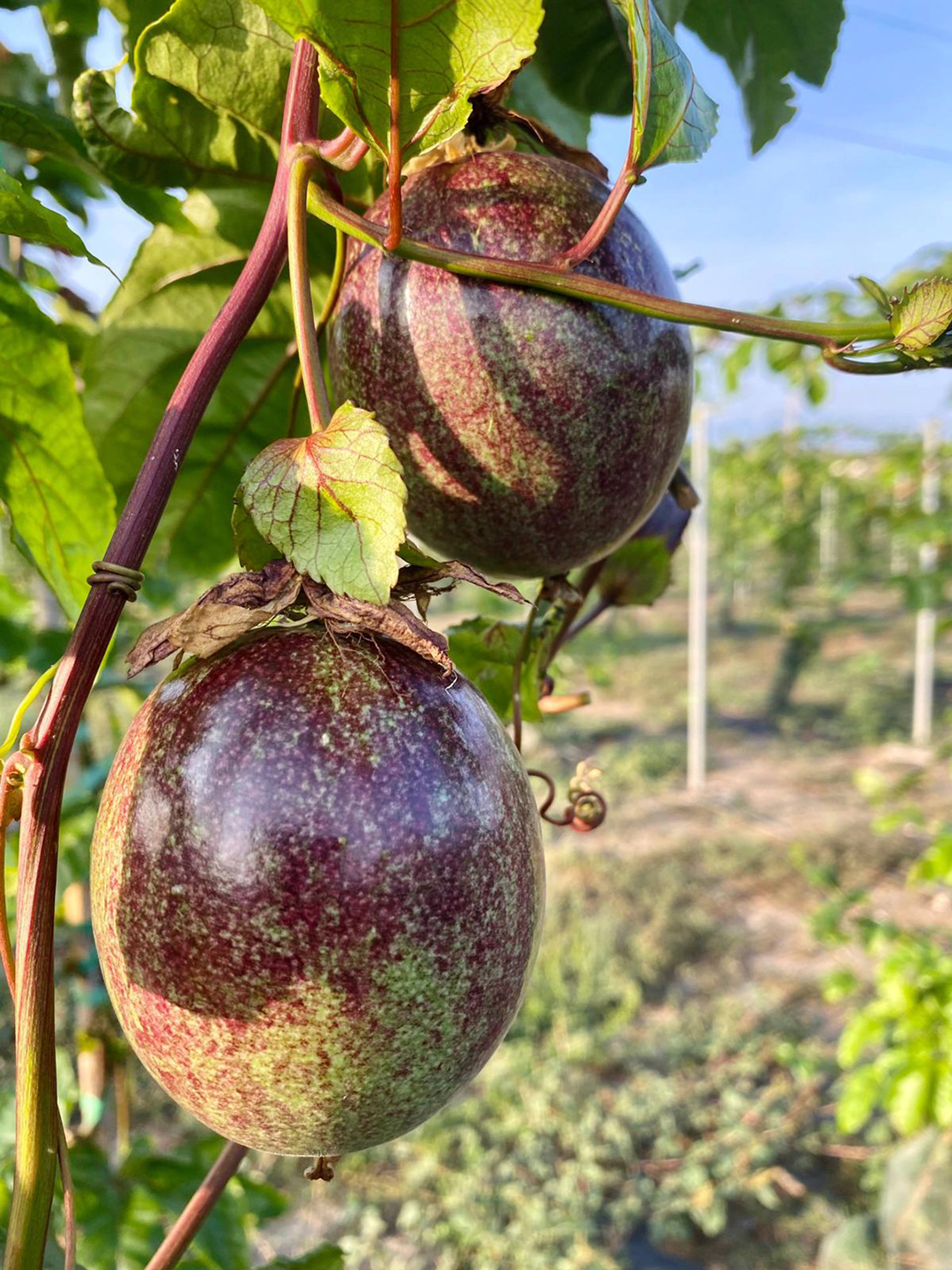
PEAK
Passion Fruit
Grown by Eva in Fallbrook, California
Right now, Eva's vines are laden with Passion Fruit at the height of the season — abundant and high in sugars to balance their typically strong acidity. When fully ripe, the skin becomes deeply wrinkled and richly colored—a visual cue that the acidity has softened and the sugars have reached their fullest expression.
It's been a strong season thus far, and the fruit is beginning to showcase more wrinkling on the vine, signaling optimal ripeness and flavor concentration. Continuous waves of harvest mean Eva's passion fruit should be with us through February.
Inside each purple fruit is an aromatic, jelly-like golden flesh studded with edible seeds. The juice delivers a tropical sweet-tart brightness with layered notes of citrus, melon, pineapple, and kiwi.
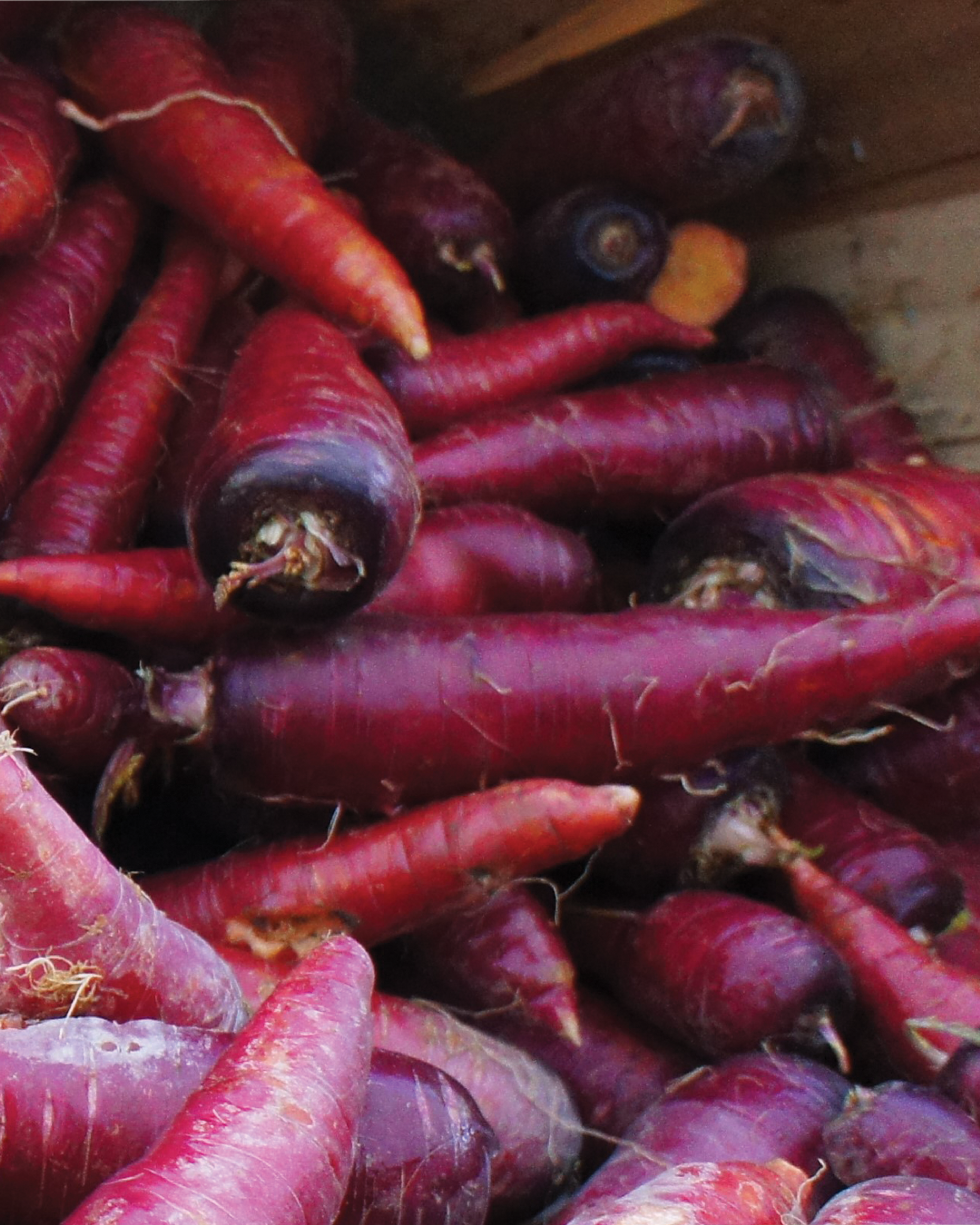
LATE
Dragon Carrots
Grown by Amanda in Barre, Vermont
Make the most of the last of Amanda's Dragon Carrots. These striking roots, with their deep red and purple skins concealing vibrant orange interiors, are a testament to Amanda's commitment to biodiversity and her expertise with cool-weather crops.
Dragon Carrots remain somewhat rare, especially in industrial cultivation, but Amanda perseveres with this specialty variety to introduce unique shapes, colors, and flavors into our diets. Her farm focuses on chicories, roots, and greens that thrive in Vermont's cold climate, where dropping temperatures work to her advantage.
By leaving her roots in the ground and harvesting on demand, Amanda ensures exceptional flavor right to the end of their season. As temperatures fall, the carrots respond by converting starches into sugars — a natural defense against the cold that intensifies their sweetness in this final phase.
Find Amanda's Dragon Carrots alongside her Chicories and Artesia Radishes — a late-season selection that celebrates the resilience and rewards of northern growing.
Go Deeper
See allWe exist to fix the food system.
People are more cut off from the origins of their food than ever. This makes flavor, nutrition and farming practices that protect the planet, almost impossible to find.
By working directly with growers, we create a more sustainable way forward for farming. By giving everyone the tools to understand the power of our food choices, we empower everybody to become drivers of change.
Now is the time for action. Join the food system revolution.

Go beyond four seasons
Each fruit and vegetable has its own season, with subtle shifts which happen every day. Follow their microseasons to unlock flavor at every stage.
WHAT’S IN SEASON?

Know where your food comes from
We know the name of the person behind everything we source. Recognize their growing artistry to find out exactly where your food comes from (and why that matters).
MEET THE GROWERS

Make your diet diverse
Our growers work with varieties chosen for quality and nutrition, not yield. By selecting their crops you keep heritage seeds in play, add to ecosystem biodiversity and preserve unique flavors.
GO #OFFTHEPASS
United States
© 2025 Natoora Ltd.
